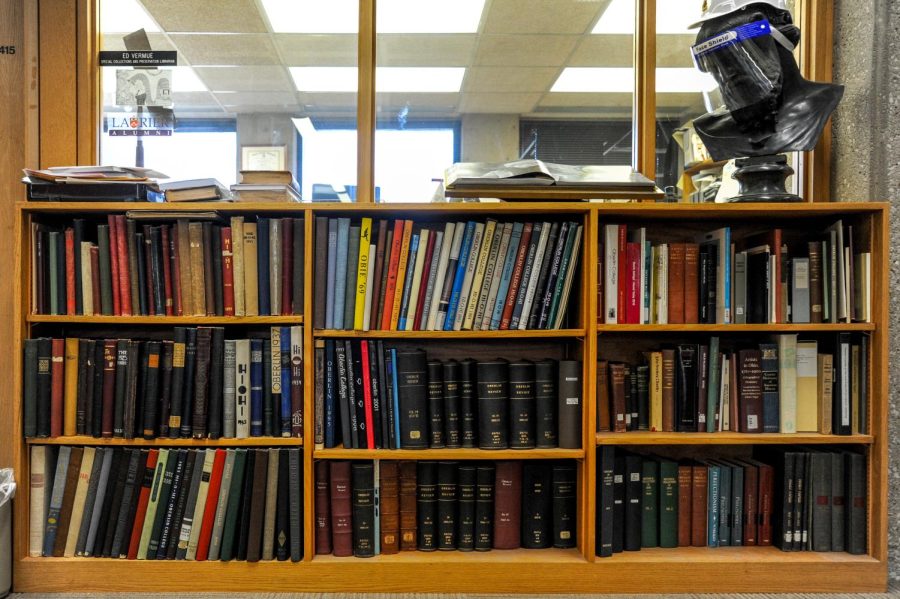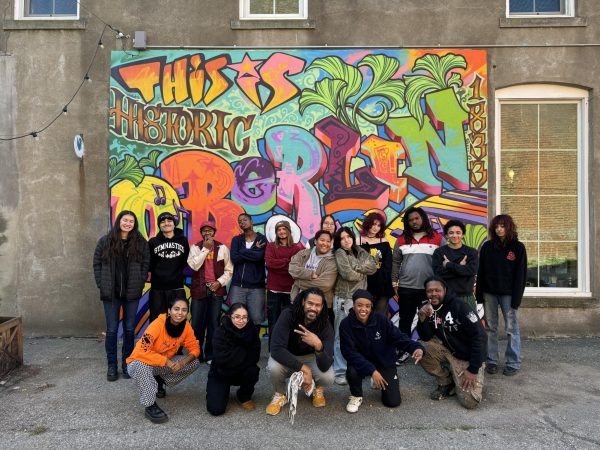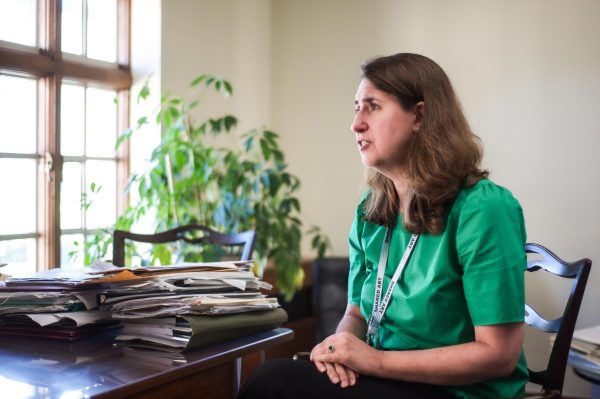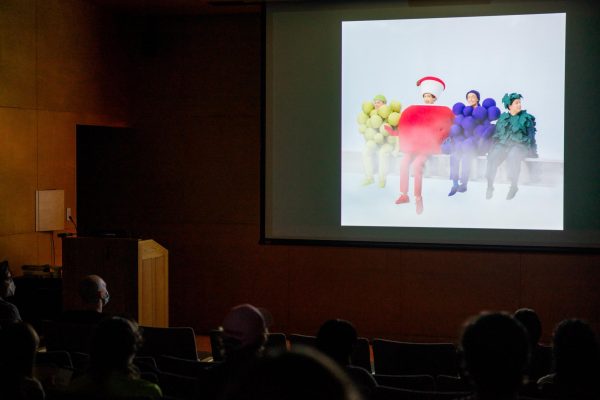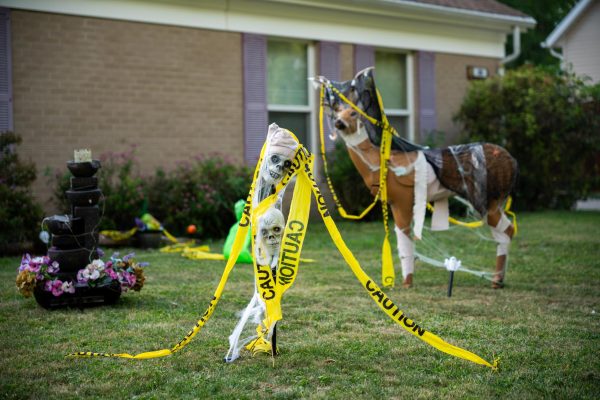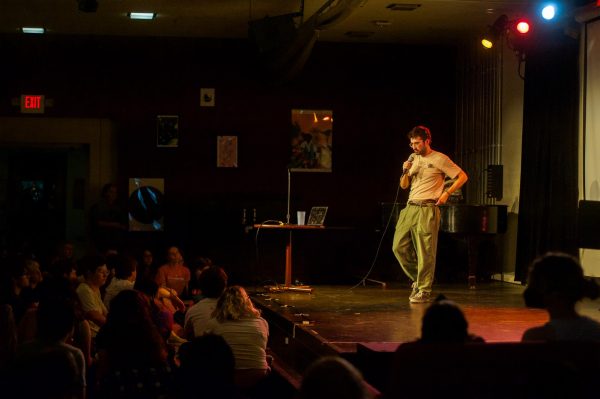Oberlin College Archives Adapt to New Media Formats
Oberlin College Archives in the fourth floor of Mudd Center.
The Oberlin College Archives, Special Collections, and Libraries are resources established to conserve the history of the school and community for future reference. The nature of an archive is not only to reflect on the past, but to facilitate the preservation of our present reality for future generations. With content transforming from easily file-able paper documents to more complex, encrypted digital media, archives all over the world are struggling to adjust their conservation systems for these new media documents.
Prior to the creation of the digital College archive, techniques were developed to file online records. To add a digital document like an email to an archival collection, it would have to be printed and put in a physical folder.
“That is kind of how we have approached digital content; things were printed out and brought into the physical archives,” College Archivist Ken Grossi said. “Now we are becoming more formalized in terms of dealing with electronic records. Email is really difficult — you can imagine how many people have email accounts and computers on campus. When it comes to maintaining and preserving the records, it is no different from the paper record. We want to organize documents so that they are easy to find. It is just a matter of how to store them.”
Many techniques used to protect documents and archives are now inadequate for the digital environment, as early methods of creating and storing digital content have become obsolete.
“A difficult aspect of digital preservation in general is the amount of time and resources required to re-format media and maintain equipment and software to ensure accessibility and usability into the future,” Academic Engagement and Digital Initiatives Coordinator Megan Mitchell said. “For a long time, CD-ROMs seemed like a perfect storage solution. Fast-forward, and computers no longer come with built-in disc drives. If you have an external disc drive, the issue then becomes, who has a computer running the Windows 95 operating system that is needed to access the content on the disc?”
The Oberlin College Archives currently refers to standards set in place by the Federal Agencies Digital Guidelines Initiative, which assists schools, institutions, and national archives as they expand online. These institutions must also set their own internal standards for approaching digital archives. There are two primary concerns with the move to digital archives: improving accessibility and more expansive preservation methods.
“[The College Archive] is trying to create both an archival record and a usable record for images to have longevity and to be available in the future,” Visual Resources Collection Curator Heath Patten said. “These digital images are able to be used in many different ways, not only for the Oberlin community and College, but the world as a whole. [Ken Grossi] and I, along with other members of the library staff, sit on what we call a Triple D Task Force. It’s about digitization, digital preservation, and digital archiving. This taskforce is in the process of finalizing a report of what our standards are going to be for digital projects. All of this information will come out in the public domain so that people can see what we’re doing as libraries move into the 21st century.”
The many new technologies being developed for digital archives allow content to be used by a wider audience without geographic or physical limitations.
“We are looking toward new techniques for capturing and presenting imagery. For example, I was working with Abe Reshad in the Cooper [International] Learning Center to create a 3D scan for an exhibit of a sculpture,” Patten said. “Through the use of a digital program, we created a three-dimensional image that we were then able to print. This allows anyone to physically interact with the work of art, addressing issues of accessibility. Somebody with no vision or low vision may not be able to access a digital image, but in a 3D, tactile format, it becomes an accessible resource for them as well.”
The culture that surrounds digital media emphasizes its short-term nature. Online content receives little advocacy for long-term preservation, in part because of the limited resources for effectively preserving it. Additionally, the speed with which content is produced and shared and the variation in its exposure to the digital public leave archivists to wonder how best to approach the medium. While many archives focus on ancient history and natural history, contemporary content is constantly being created and disappearing before it can be saved.
“As we create content, you have to think about its lifespan,” Patten said. “The question is, how are we going to present it? How are we going to store it? What do our repositories look like? Who has access to those? On what platforms will we deliver the materials? These are things that we have to think of as we digitally archive. When I was younger, there were magnetic tapes and vinyl, and then CDs came out; we felt like that would last forever. But now we know CDs are defunct technology. The newest technology is never permanent. So we always have to think about the future and what that will look like.”


